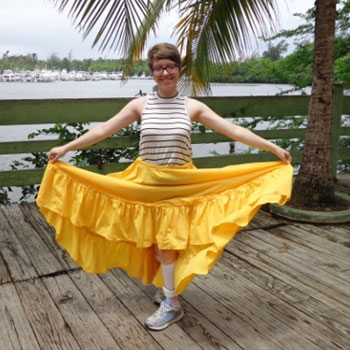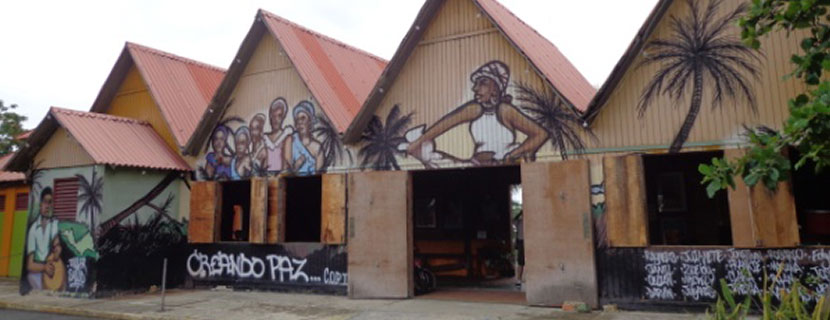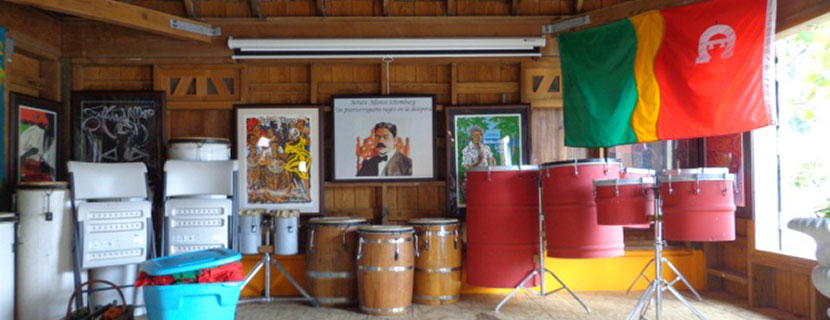We use cookies on this site to enhance your experience.
By selecting “Accept” and continuing to use this website, you consent to the use of cookies.

Sept. 21, 2016
By: Grace Jansen
The town of Loiza, Puerto Rico, is particularly rich in colonial and ethnic history. Traditionally one of the largest sugar-producing sectors on the island, it became the settlement for freed West African slaves following abolition. Unlike the rest of Puerto Rico’s predominately Spanish make-up, Loiza is a cosmopolitan municipality that combines all ethnic origins of the island, Taino, European, and African, into a secular community.
Although I have never visited West Africa, I lived in Kenya during August 2014. The sights in Loiza are quite comparable. The housing in Loiza differs from other municipalities in Puerto Rico as many are constructed out of concrete blocks versus singular concrete walls, similar to the apartment buildings and school houses of rural Kenya.

My favourite part about visiting Loiza was partaking in a traditional Bomba dancing class. Originating from the sugar plantations as a ceremonial activity, this form of music and dance allowed slaves to freely express personal emotions in response to enslaved life. La Corporacion Piñones Se Integra (COPI) is a non-profit community organization invested in the education, instruction, and preservation of traditional African music and dance. Specializing in the instruction of Plena, a traditional dance distinguished for the playing of hand drums, and Bomba, a dance central to Afro-Puerto Rican culture with music characterized by large barrel drums, the COPI centre provides locals and tourists with a unique learning experience.

The La Bomba de Loiza style is so central to this municipality that it was the genre we learned to perform. During rehearsal, passing locals shouted encouragement “to move our hips” and videotaped the final performance. It was a time of delightful high energy and happiness communicated through sweaty feet and smiles. The awkwardness the group initially felt upon arrival slowly melted away alongside the guidance of our lovely instructor.
What is so fascinating about learning the Bomba is the relationship that exists between the dancers and musicians. One female of the dance troupe is considered the “lead” and must direct the drummers via body language communication. One drummer marks hand gestures, arm, and skirt movements with a beat while the others maintain the rhythm of the dance. This highly percussionist expressionism is a form of universal communication.
Regardless of our language barriers, my group and I were able to tell a historical story alongside our musicians, making this class a truly magical experience.